Truing up is the term for squaring the warp and weft of a fabric, so that the weaving is truely squared. While it is not necessary for some projects, I am a die hard truer upper!
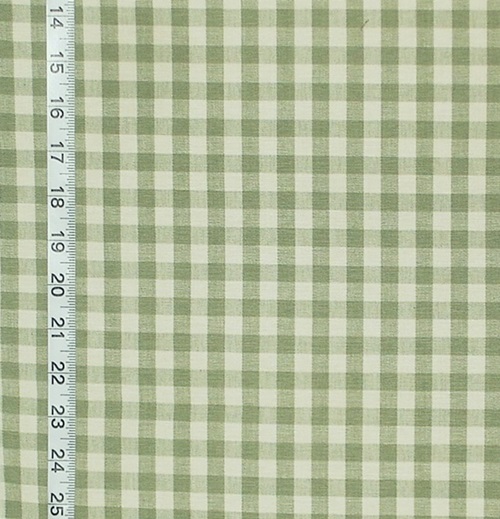
First a bit about fabric seconds.

I was going through old images recently, and it was really amazing looking back at the last twenty years of toile fabrics that we have had. Virtually every company printed toiles. While some were based on the traditional French patterns, many companies developed their own patterns. I decided to dust off these patterns for people to enjoy!
But, first a bit of history! And the history of toile fabrics is a complex intertwining of politics, science, and religion.

Seersucker fabric says summer!
And with Maine in full summer mode,
it is time to think seersucker!
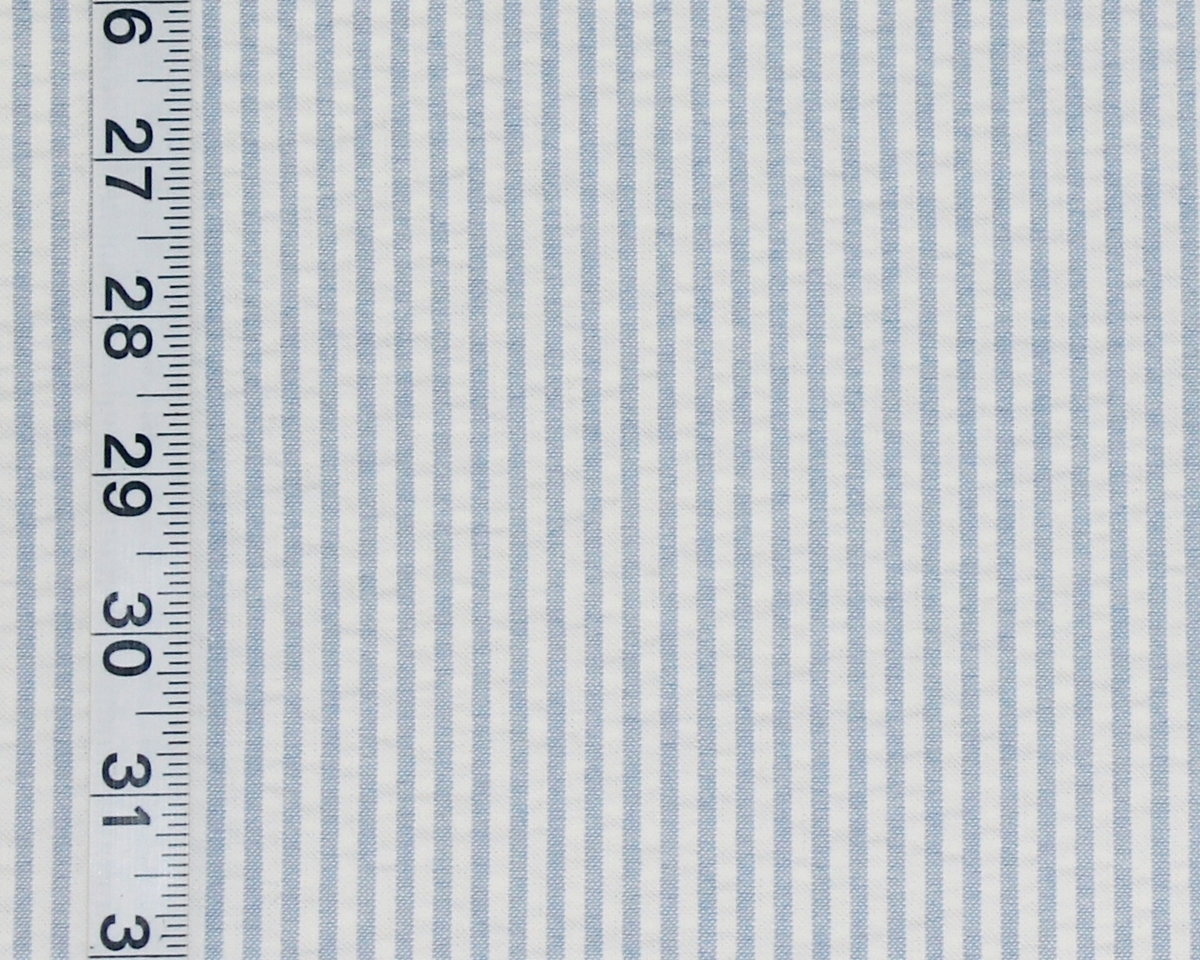
Continue reading Seersucker Fabric- Nothing Says Summer Like Seersucker!
Neutral fabrics are a timeless way to decorate. Neutrals can add visual space to a room. Some add a calm, serene look, others are bold and add punch.
When approaching neutrals, it is important to remember that there are warm and cool neutral color palettes. Many companies produce both.
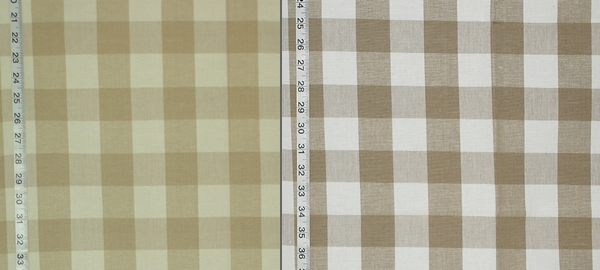
Yes, that is correct. We found stock of
P.Kaufmann’s Rooster Strut in Farmhouse!
Yeah!
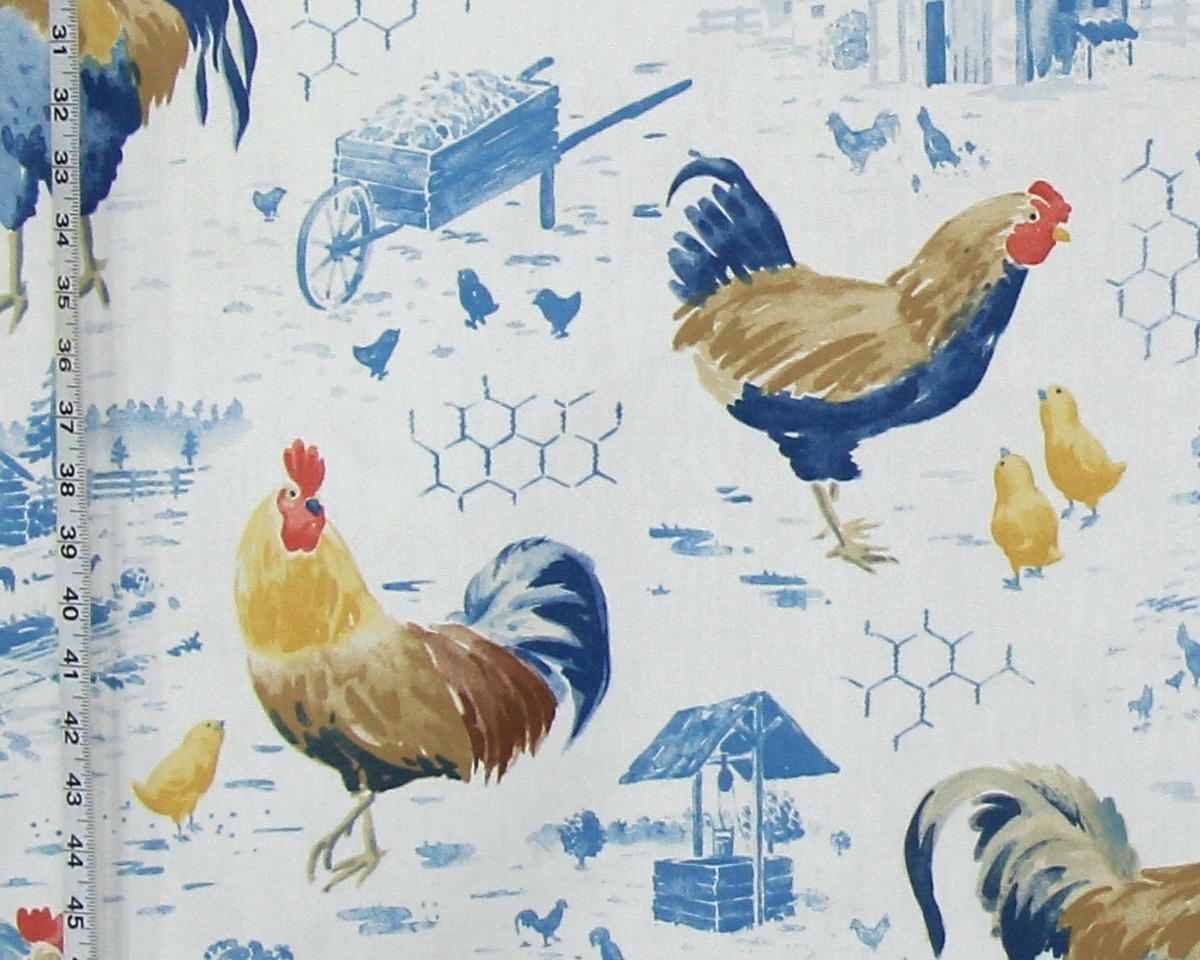
Continue reading P.Kaufmann Rooster Strut Farmhouse Blue Toile- Is Back!
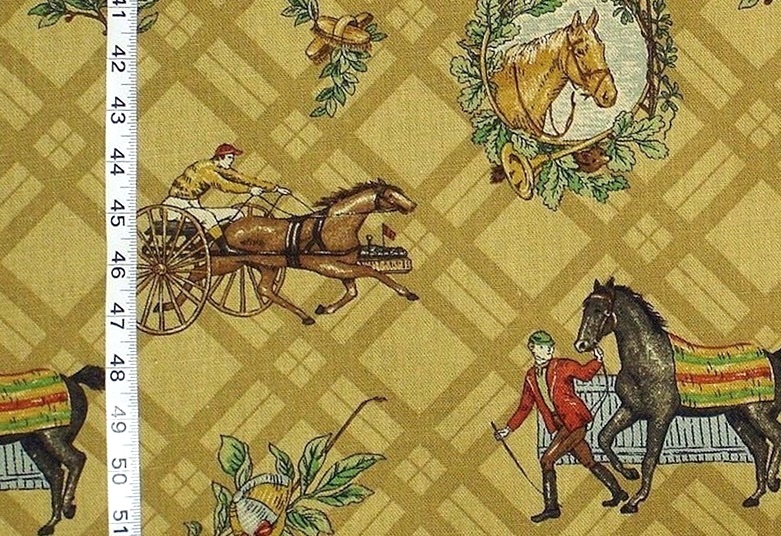
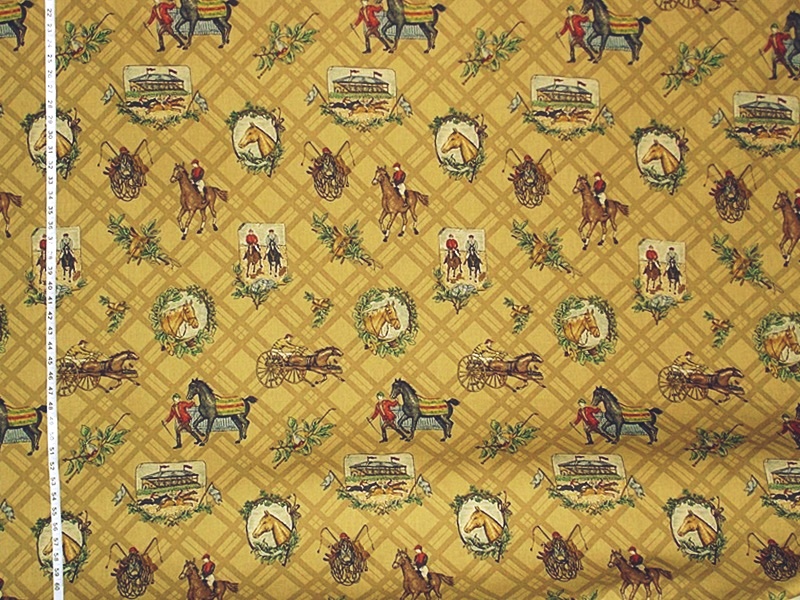 Over the years we have seen an amazing array of equestrian fabrics. The reason there are so many is, it is a huge genre. There are horse fabrics, horse toile fabrics, horse and hound fabrics, horse jockey fabrics, horse racing fabrics, and on and on! There are fabrics for Western Decor, etc.
Over the years we have seen an amazing array of equestrian fabrics. The reason there are so many is, it is a huge genre. There are horse fabrics, horse toile fabrics, horse and hound fabrics, horse jockey fabrics, horse racing fabrics, and on and on! There are fabrics for Western Decor, etc.
The first horse fabric I bought was on a buying trip. It was a P.Kaufmann fabric, which had been discontinued. I bought the few yards left and took it home. This showed a fall day, with the hunt riding across the fields, with a lazy river in the background. I don’t have an image of the whole piece anymore. But, a woman sent a picture of a pillow she made, that shows a bit of it.
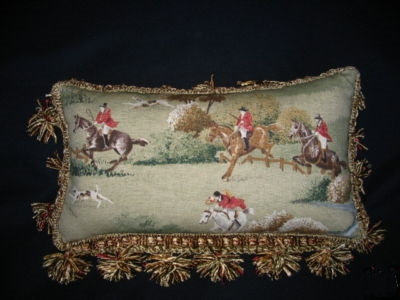
Though I did not know it at the time,
this was the beginning of our awareness of equestrian fabrics! Continue reading Equestrian Fabrics, Horse Fabric